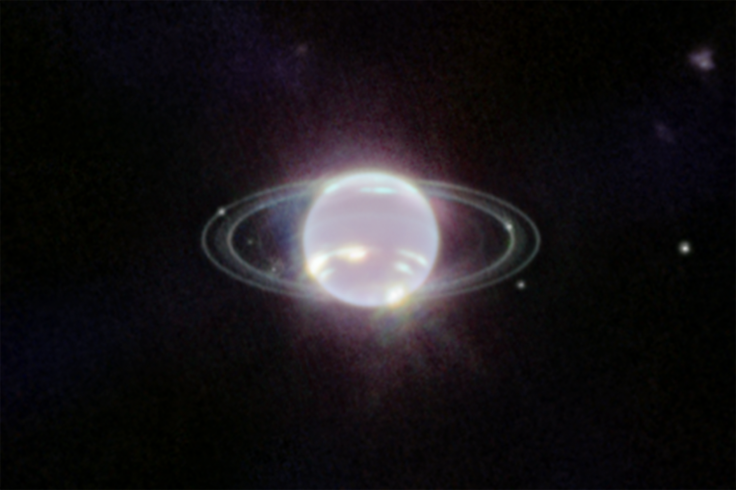Humanity can now see Neptune's rings and moons more clearly than ever before.
NASA's James Webb Space Telescope (JWST or simply Webb) has recently taken its first pictures of Neptune, which are also the first pictures of the eighth planet using infrared technology.
Thanks to its capabilities exceeding expectations even with a slightly damaged mirror segment, Webb will replace Hubble as NASA's go-to space observatory by the mid to late 2030s, per NASA.
James Webb Space Telescope Neptune Photos Details

The Space Telescope Science Institute (STScI) mentioned in a blog post that Webb's pictures of Neptune had given astronomers the clearest view of its rings and moons in more than 30 years.
Webb even captured some of Neptune's rings that weren't visible from the pictures Voyager 2 took during its flyby in 1989.
Heidi Hammel, an interdisciplinary scientist on the James Webb Space Telescope Project, mentioned in a statement that astronomers wouldn't have the pictures it has today without Webb's near-infrared camera. (NIRCam).
"It has been three decades since we last saw those faint, dusty bands, and this is the first time we've seen them in the infrared," Hammel said.
Aside from the planet's rings and moons, Webb caught something interesting with its camera - Neptune isn't as blue as we thought, per Engadget.
However, this is due to Webb's NIRCam, which is capable of taking pictures of objects in the near-infrared range from 0.6 to 5 microns. As such, Neptune did not appear in the color we always thought it had.
Read More : You Can Now Request Google to Remove Search Results That Have Your Address, Other Personal Data
STScI also added that the methane gas inside Neptune absorbs red and infrared light so strongly that it makes the planet look dark, except when high-altitude clouds are present in an area.
Furthermore, Webb's pictures of Neptune revealed that there is a band of high-altitude clouds surrounding the planet's south pole. This gathering of clouds is due to a previously-known vortex at Neptune's south pole, but it is only now that astronomers can see the clouds around it.
Webb has also captured a "thin and faint line of brightness" circling Neptune's equator, per Space.com. This bright line could be a visual representation of the global circulation of Neptune's atmosphere that powers the planet's winds and storms.
Neptune's Moons

Finally, Webb was also able to capture seven of Neptune's 14 moons, which are Galataea, Naiad, Thalassa, Larissa, Proteus, Despina, and Triton, the largest of the 14.
Since Triton is covered in a "frozen sheen" made up of condensed nitrogen, Triton appeared brighter than any of its fellow moons by reflecting 70% of the sunlight that hits it.
Pictures of Neptune and Triton will be used in later studies by Webb scientists in 2023. One of the theories they wish to prove is that Triton was originally a Kuiper Belt object that got captured by the eighth planet's gravitational pull, as evidenced by its retrograde orbit around the planet.









